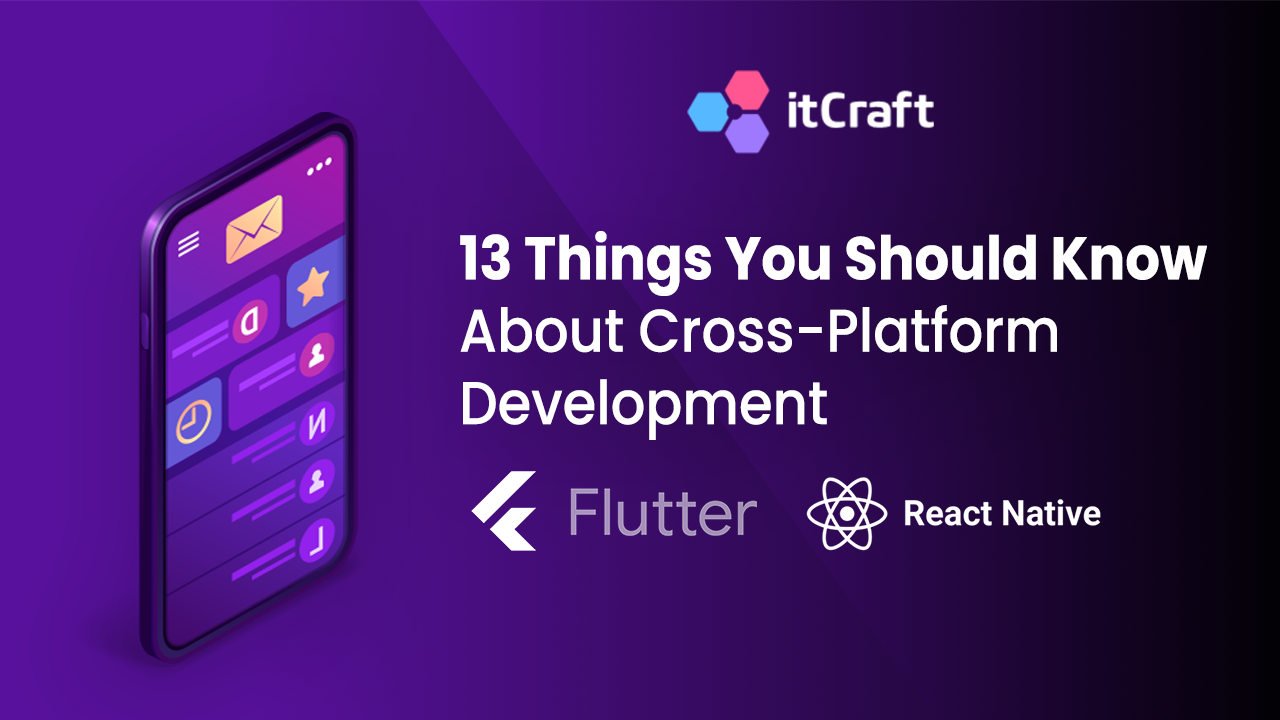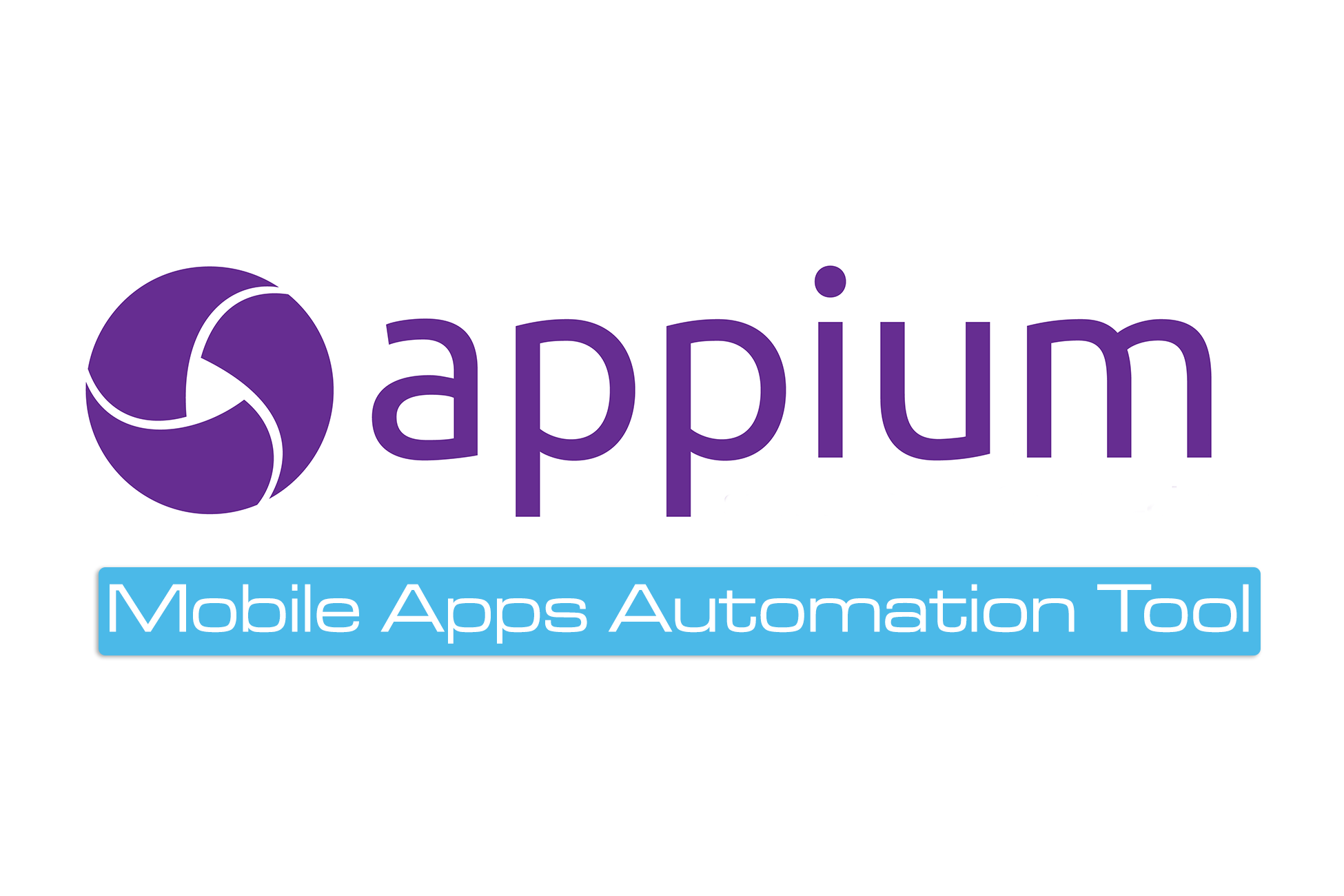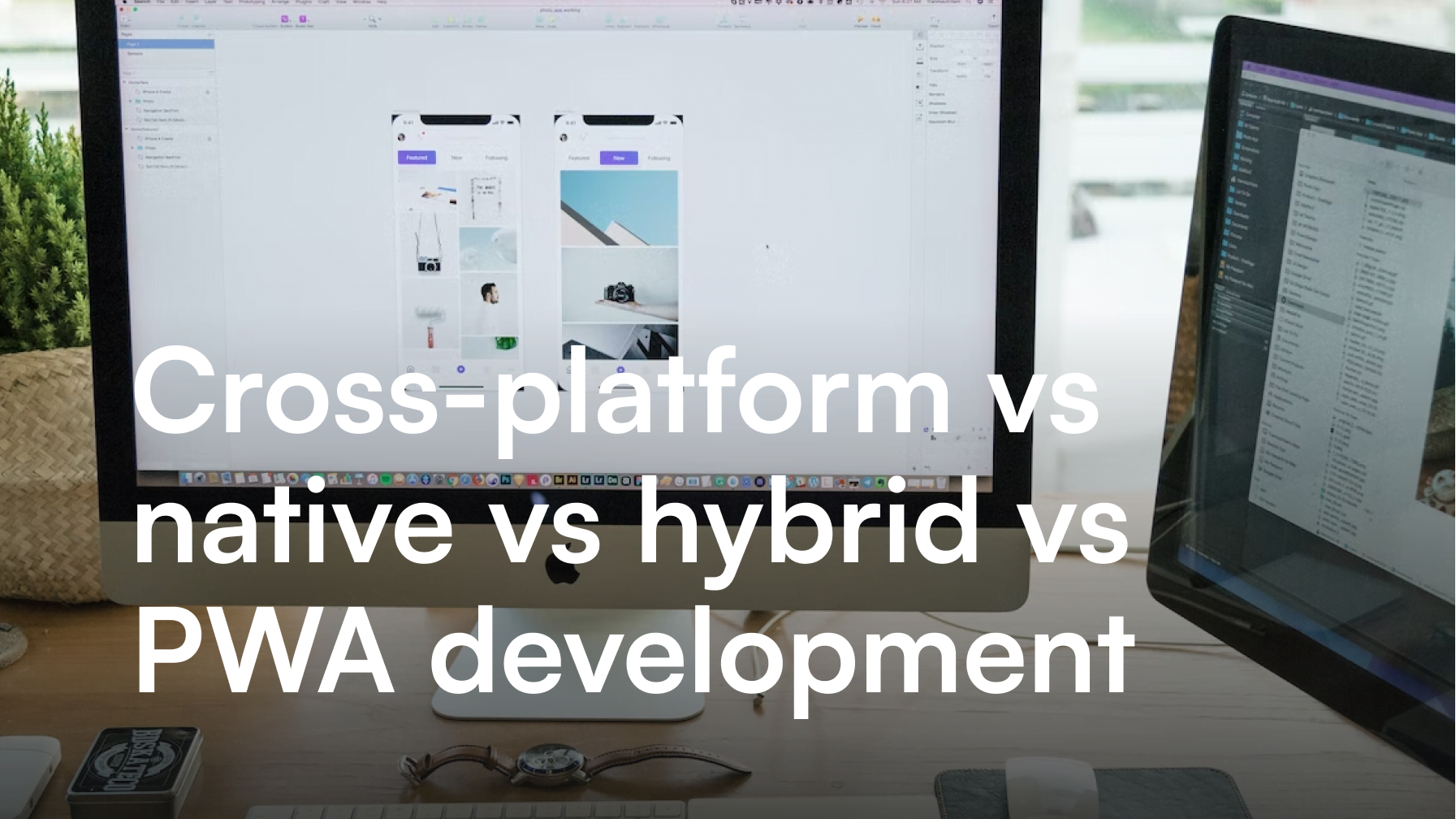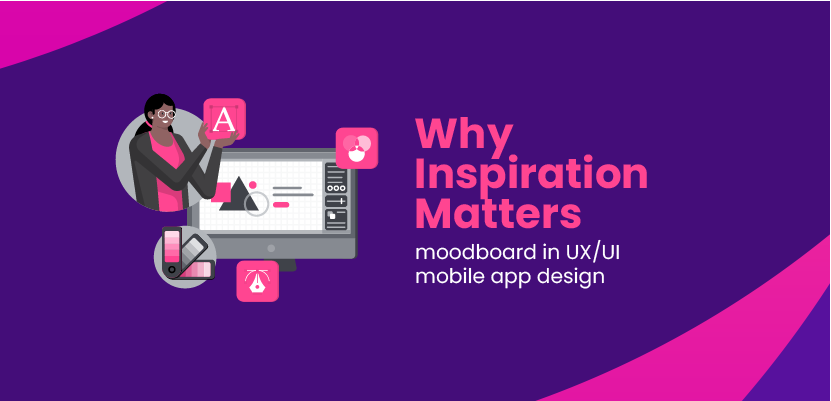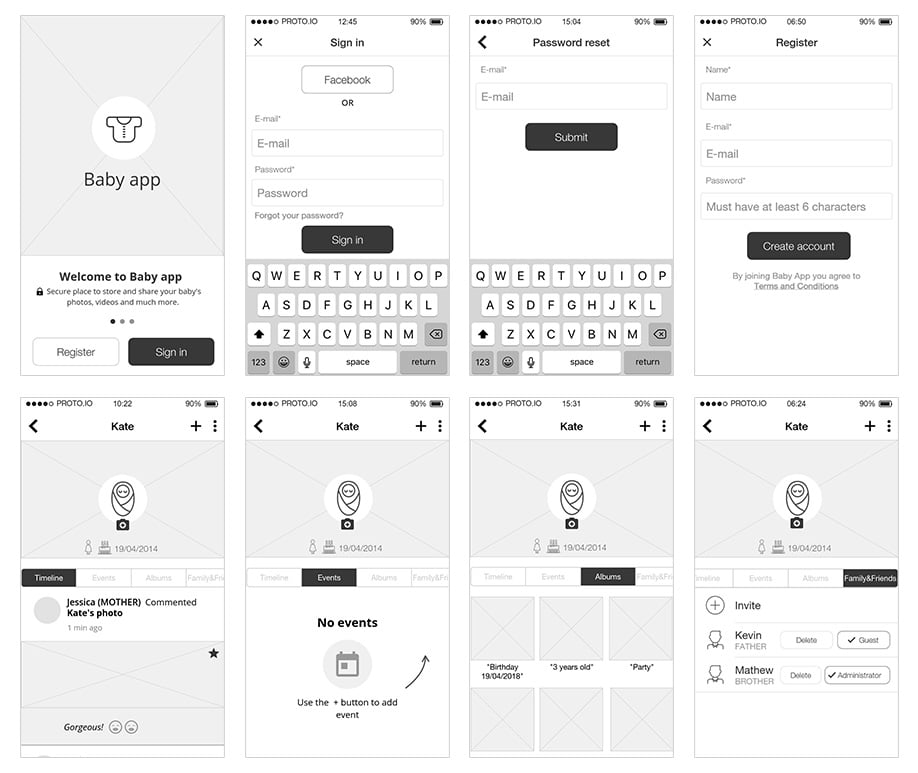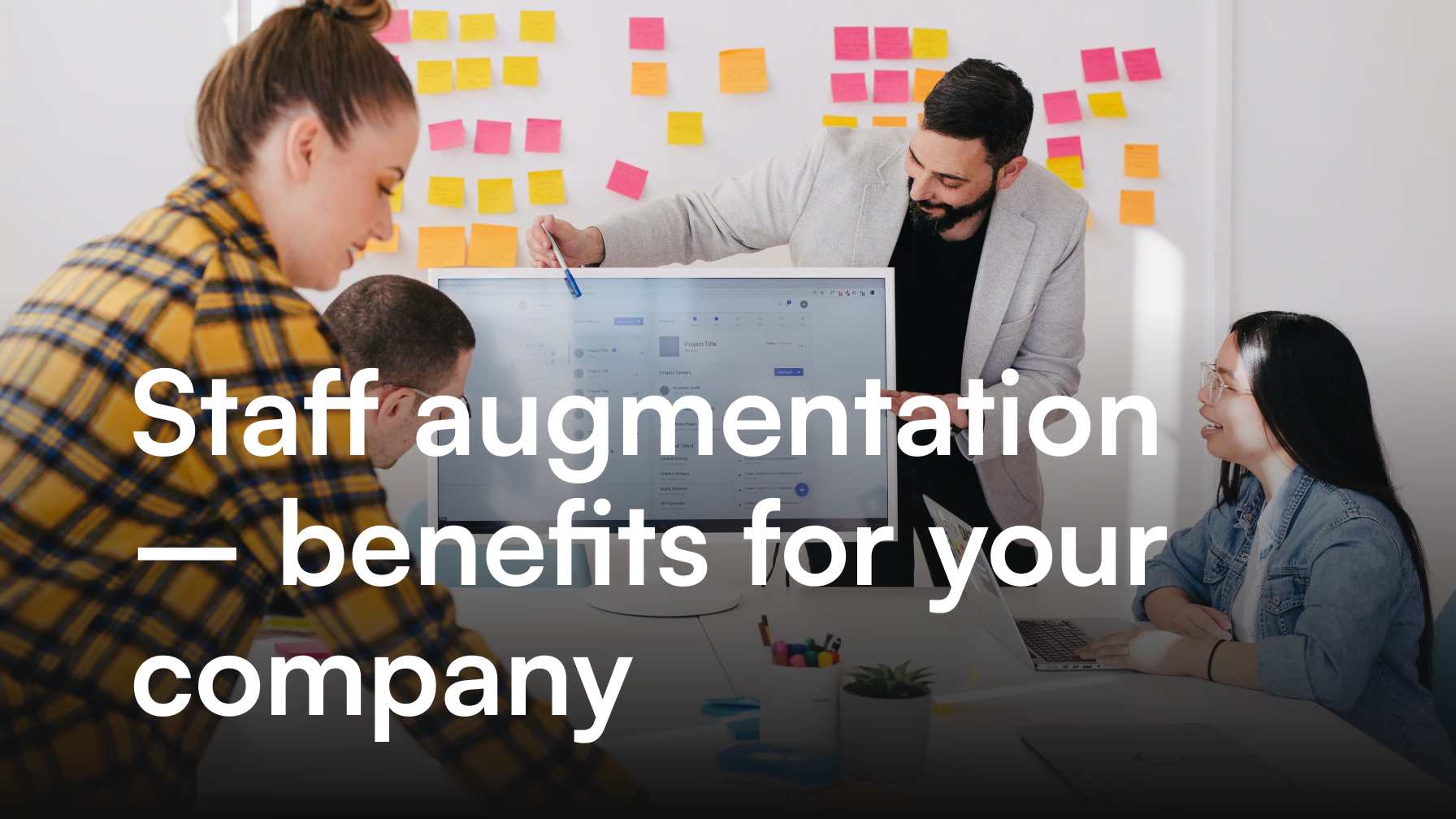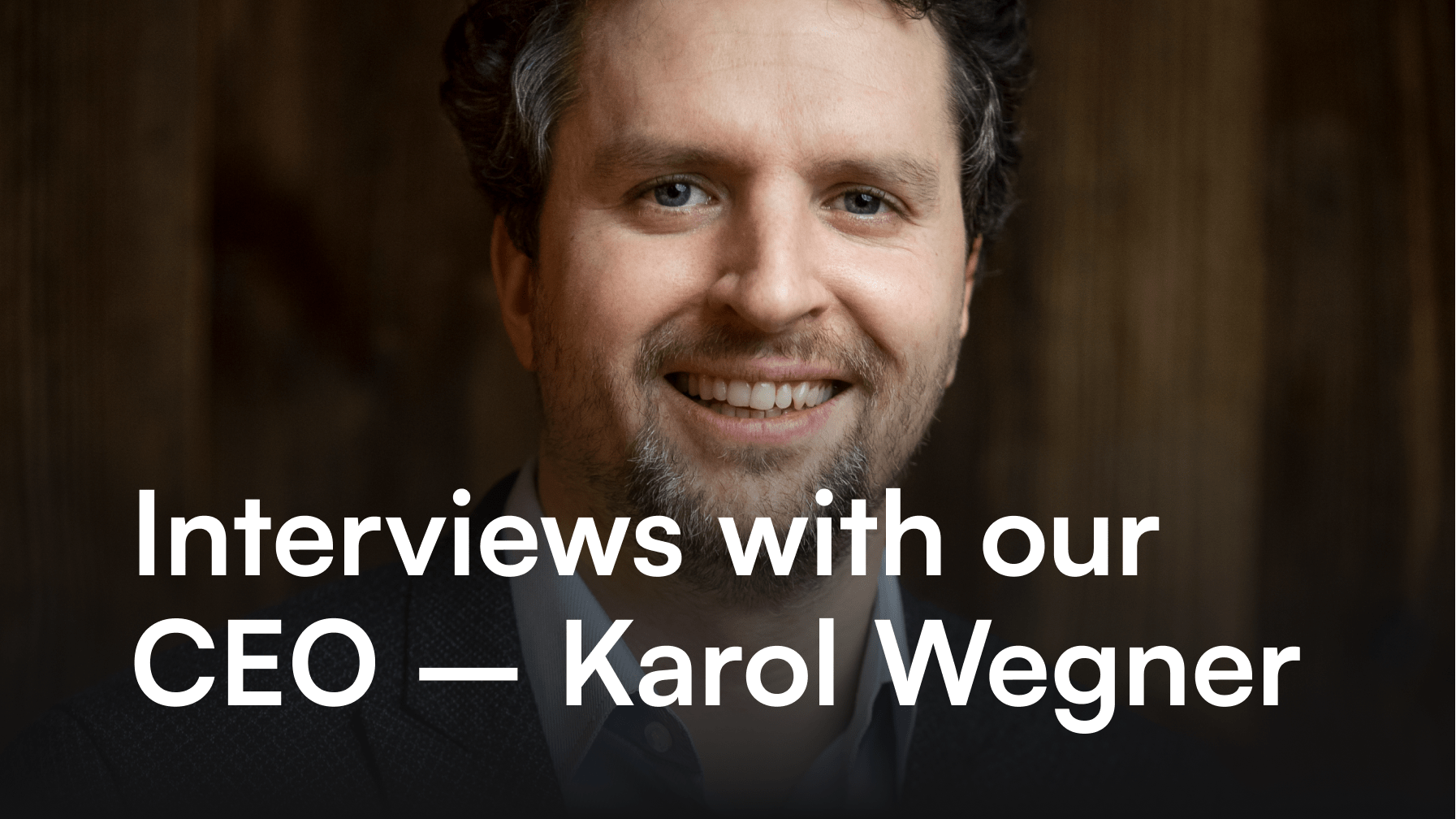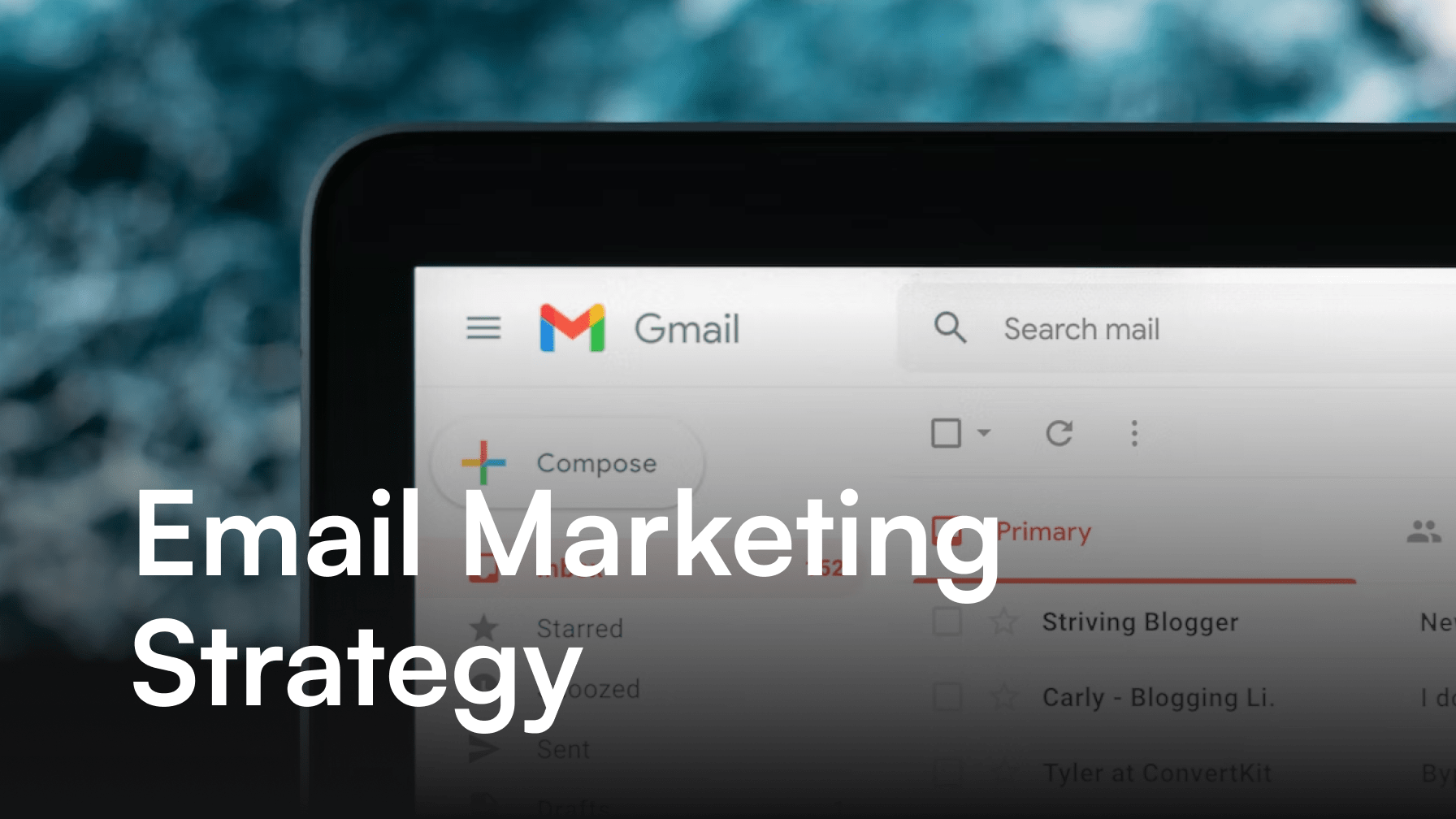The mobile app development process
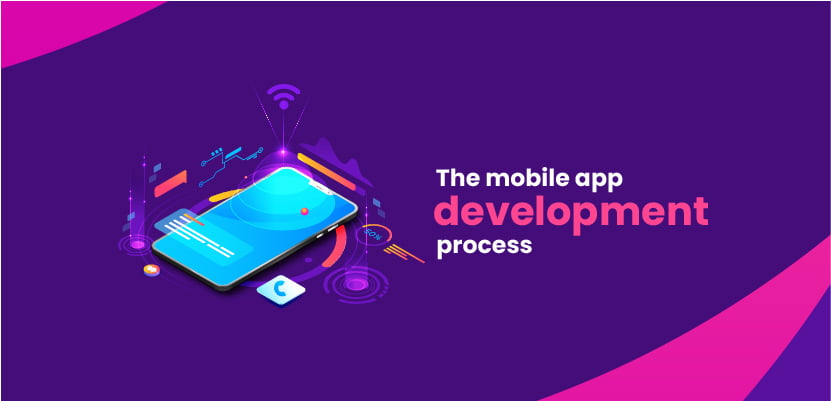
The mobile app development process has many stages – that’s why it usually takes months to create a software product. Some companies offer only selective services and the rest has to be outsourced. At itCraft, we provide comprehensive support – from idea to app store release. Each phase includes experienced specialists in their field – project managers, programmers, designers, testers and business consultants. We take care of all our clients because we want to deliver successful solutions.
Table of contents
- App idea
- UI/UX Workshops
- Design Phase
- App development process steps
- Testing phase
- Application release
- Maintenance and further expansion
- Is there more?
We wrote so many articles about design and development, as well as QA testing and other app-related topics that we think you can learn almost everything about it. Of course, you will get to know the details of our internal process when you collaborate with us, but having some awareness of the basics beforehand can be priceless.
Let’s walk through the whole mobile app development lifecycle step by step.
App idea
Before the process even starts, the idea is the very beginning of your journey. It doesn’t matter if you are a startup owner without experience in mobile app development or a CTO in a company that already has some software products. You need to create a plan (even in your head) that will include the key feature you want to build. Think about your target audience – their needs and pains. Is there any way you can provide them value with your app? Every piece of software should represent a purpose and you have to know what it is for your idea.
When you approach an app development company (meaning itCraft, of course!) with your project, you should pay attention to one thing. Do they offer any tools for idea verification? For us, the answer is – yes. We want to make sure that your mobile application will satisfy the market, have the potential to be monetized and bring your company success.
Some time ago, we were hosting a webinar titled: “Before you quit your job to create a startup”. Our specialists shared tons of knowledge about methods that can be useful when you need to find out if your idea is viable. Their tips and tricks are suitable not only for startups and small companies but enterprises, too. Check out their discussion and you will learn a lot about proving mobile apps before the development process. We’ve also made an article that expands the knowledge from the webinar: Your idea for a mobile app – where to start?
Another great way to test any software idea is MVP – Minimal Viable Product. We could call it “a sample” of your app with the most basic features crucial for the whole concept. Building a mobile app MVP means we create a simple, initial version of it and we release it to collect feedback from first users. It gives us a lot of information – indicates the strong and weak points of the project, pinpoints areas for improvement and allows the development team to plan new features that should be implemented next. We usually create MVPs for all our clients just to find out if we are moving in the right direction with the whole app development process.
If you don’t know exactly how to approach your idea or need help in specifying it – you should book a consulting session with our business specialists. We offer discovery calls and following conversations (usually remote) to get to know your product and company better. This way, we can propose solutions and recommendations that will improve your business strategy and allow you to focus on the most important things.
UI/UX Workshops
Your mobile app idea is ready, so it’s time to begin our collaboration. And we do that by organizing workshops – two days of meetings where we work intensively to prepare materials for the mobile app development process.
During that time, we do market research and analyze your main competitors. Then, we create a style guide for the design team, prepare a sketch of the information architecture and even draw an initial prototype. Even if it’s just on paper, having an app concept in front of your eyes will give you an idea of what you can expect. Also, it’s the first chance to discuss what are your requirements and concerns. We pick the primary programming language or framework for your mobile app, too.
Why are UX Design workshops the right way to start your project? – Check out this article to find out the benefits of our workshops. It is not a waste of time. Actually, quite contrary – we know from experience that discussing the app idea from top to bottom is the best way to avoid major issues during the further stages of the app development process.
There is another thing that we prepare during workshops and it’s crucial for task organization and overall project arrangement. Writing user stories means we take each functionality of your mobile application and we put it in the form of a short sentence. Each story describes what the user wants to achieve when using the product. More about user stories can be found in the blog post.
Design Phase
A mobile app requires user experience and user interface design to offer effective interactions and look aesthetically pleasing. The team begins with a style guide and high fidelity prototype development to give the client another presentation of the mobile app design proposal. At this point, the product owner can decide about the details and express final doubts regarding this stage of the mobile app development process. When the prototype is accepted, it’s time to finish UI/UX design.
Our team has years of experience in the visual design of mobile applications and other software products. They wrote a couple of articles for our blog to explain their work and educate our readers about user experience and user interface design.
There’s a general article about UI/UX design, where talk about the importance of this phase and discuss best practices. It also showcases the differences between these two design areas. Then we have more concrete blog posts about tools like moodborads, user journeys, prototypes and more.
Starting UX design – User Flow and Interactive Prototypes – The first piece is about UX design and two methodologies that help the team focus on the user when creating graphic visuals for mobile apps.
Creating the User Journey – map of screens as core UX design practice – Here, we talk about the difference between high fidelity and low fidelity wireframes, as well as the user journey method in mobile app design.
Why Inspiration Matters – Moodboard in UX/UI mobile app design – Another UI/UX tool we are fond of. We provide examples to help you understand how moodboards are created.
When the design stage is done, it’s time for actual app development.
App development process steps
If you thought that this is the only thing that is happening during the mobile app development process, you are wrong. When all preparations and app design are ready, our programmers start to write code for the product’s front-end and back-end layers. It’s a long way to go before your mobile application hits the app stores.
To build a mobile app, we need to pick the right framework or programming language. Everything depends on your goals and strategy. Smartphone users expect products that are robust, functional and beautiful. Native mobile apps are the most advanced, but it’s not always necessary to build an app separately for each system. Cross-platform development is justified in many cases. Usually, we indicate the technology for app development during workshops. If you want to know the difference between cross-platform and native mobile applications, we have a couple of articles for you.
Cross-platform vs native vs hybrid vs PWA development – Mobile app development process can differ depending on the used technology. In this blog post, we compare the main methodologies used by app developers. Each has its pros and cons. We list examples of projects that can benefit from a concrete type of development so you can compare one to another.
13 Things You Should Know About Cross-Platform Development – Our clients are often interested in cross-platform development. They see it as a universal solution that results in two mobile apps for the price of one. That’s not true at all! And we fight all the myths in this article. We want to raise awareness and make sure that the clients will listen to our recommendations and pick suitable technologies for their apps.
If you want a more in-depth guide on native and cross-platform development, check out our ebook dedicated to that subject. All the case studies that you will find inside will help you understand how technology can influence the success of an application.
We won’t dive deeper into the actual mobile app development process, but you should know more about a couple of aspects. You probably wonder how to pick the right vendor, how much mobile apps can cost and how we can handle project management when building an app for you. All that knowledge can be found on our blog.
There are several articles we wrote about budgeting in app development projects. You should look up this one: How Much Does it Cost to Make An App in 2020? – it’s the most updated guide to prices of concrete software solutions. If you want to know what factors shape the cost of mobile apps – it’s a must-read.
What Is Software Outsourcing and How Much Does it Cost? – This article is dedicated to offshore mobile app development. If you want to collaborate with a vendor that provides high quality but is cheaper to collaborate with than your local IT companies, check out this post.
The Agile methodology makes our project management productive and efficient. That’s why you should learn more about it – especially since you, as a client, will also have a significant role in the development team. Being an active part of the mobile app development process is crucial to delivering extraordinary effects.
Testing phase
After design, front-end and back-end, it’s time for QA testing. Actually, the testing phase should last from the first, basic version of the app to the release stage. That’s because we want to prevent the application from defects that will be hard to fix towards the end of the mobile app development process.
An app requires to be tested according to various test cases – which are scenarios that indicate how each operation should look like.
There are many types of tests. Usability testing is responsible for finding out if the user-app interaction is correct. Functional testing indicates if the mobile app is working according to business requirements. User acceptance testing is dedicated to verifying the app idea and collecting feedback from each potential end-user. And performance testing measures the stability of the mobile app in various conditions.
Of course, these are not the only tests we conduct. Test cases depend on the project. For a simple landing page, the number of tests will be much lower than for a complicated mobile app. Performance testing is usually necessary for most software products, the same for functional testing. If you want to learn more about quality assurance with different app testing methods and practical examples, check out our article about QA in software development.
Application release
So your apps for iOS & Android are ready to hit the app stores. The mobile app development process is officially done. But you shouldn’t just upload your software and wait for people to notice it. There are many ways to make it shine in the Apple App Store and Google Play Store.
To rank your app high in an app store, you need to take care of ASO, which means App Store Optimization. Simply put, it’s SEO for apps. We have an excellent guide dedicated to that subject. Check it out here: ASO – what is it? Do I need it?
There are many details that matter when you publish your app in Google Play and Apple App Store. You have to remember about keywords in the name and description, prepare screenshots that will be displayed on your app’s page and strategize marketing activities like social media promotion and content creation. If you don’t know exactly how to do it, check out this blog post: Mobile app marketing guide – ASO, PPC, Tips & Tricks.
What is a mobile app?
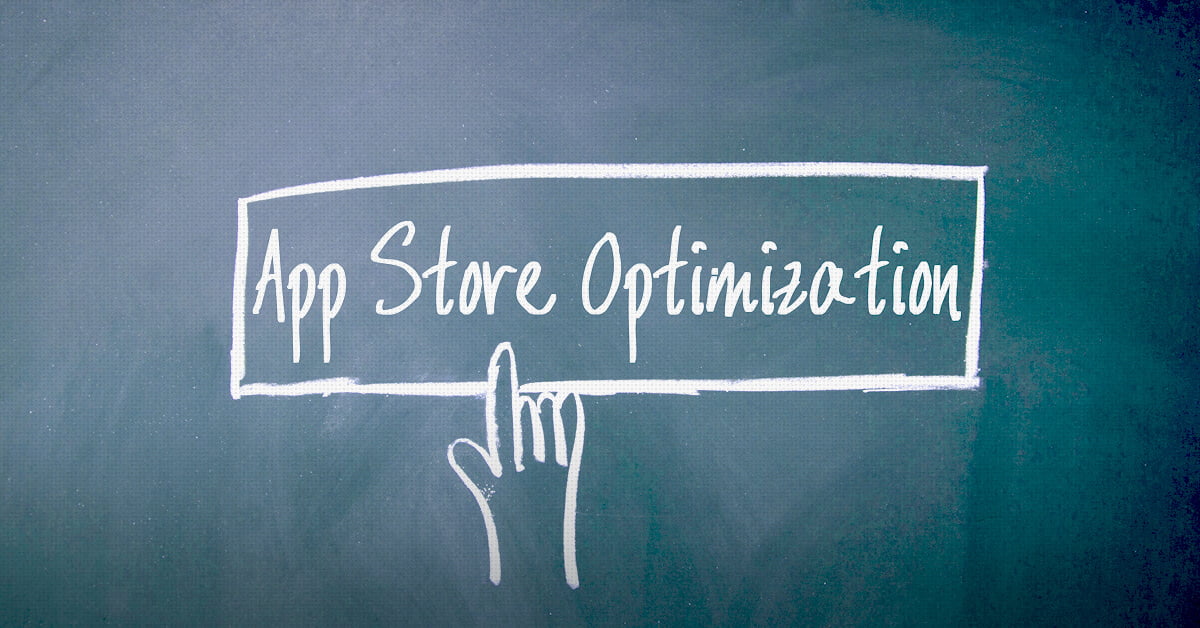
ASO – what is it? Do I need it?
Maintenance and further expansion
The fact that the mobile app development process is done doesn’t mean our collaboration has to end. We will provide technical support for you. If there’s something wrong with your software, our mobile app developers will fix it and prepare respective updates.
Business growth often means further mobile app development – adding new features, improving design or even creating an additional mobile app to complement your existing software products and expansion strategy. You might even have a backlog full of ideas. Don’t hesitate to tell us about it. Together, we can achieve all your goals and create excellent apps that your customers will love.
Frequently asked questions
Coding is not the only activity that happens during the mobile app development process. There are other crucial phases that can’t be ignored. At itCraft, we begin with workshops, where the team and the product owner discuss all the details, make a strategy and create the initial design. Then we have the UX and UI stage, where the user journey and the visual side are prepared. After that, the developers build the product, and QA engineers test it thoroughly to ensure everything works as it should. When all is done, it’s time for release. Building a high-quality mobile app is a long-term commitment, but it’s definitely worth it.
All programmers we hire not only have to be specialists in their chosen technology. We appreciate people that are eager to learn, not afraid of challenges and communicative. These characteristics make the developer a person that will easily explain all the details of their work to a curious client and be genuinely interested in new trends and technologies, which is crucial in the fast-paced IT world. Our goal was always to work with people that have similar values to ours. They need to be professional and goal-oriented team players. Attention to detail and creativity are nice to have, too.
While native apps have to be coded separately for each system, cross-platform technologies utilize one codebase to work on multiple systems. So in the first case, we have languages and frameworks for Android, iOS, desktop and web. Each version of the product requires its own team of devs that know the specific technology. They code simultaneously based on the project requirements, but we get an individual product for each system. With Flutter and other cross-platform solutions, there is only one team that builds an app. Then, it can run on all systems in almost the same way.
The stats don’t lie: the mobile app market is growing year to year. People want to conveniently take care of their stuff using one device they always have in their pocket – a smartphone. We can use it for communication, shopping, work, school, chores, and so much more. In 2020, users downloaded 218B apps! Which was 7% more than in 2019. The average time spent using mobile apps was more than 4 hours daily. It’s a huge potential that many businesses now embrace by investing in their own digital products. Basically, it’s a thriving area that gives companies a chance to reach out to numerous clients and significantly grow their revenue.
Is there more?
It can be! The most essential app development process steps are described above, but that doesn’t mean we can’t add or subtract something. If you already have an internal system, back-end development won’t be necessary or will take much less time to adjust it to your new needs.
Working with itCraft, you always get support from experts – whether it’s building information architecture for your mobile app, preparing a style guide for effective design, doing market research to determine next steps or functional testing towards the end of the project. Your mobile app will become an instant hit in app stores if you collaborate with us and become an active participant in the app development process. Check out other articles we wrote to find out what else we can offer.

